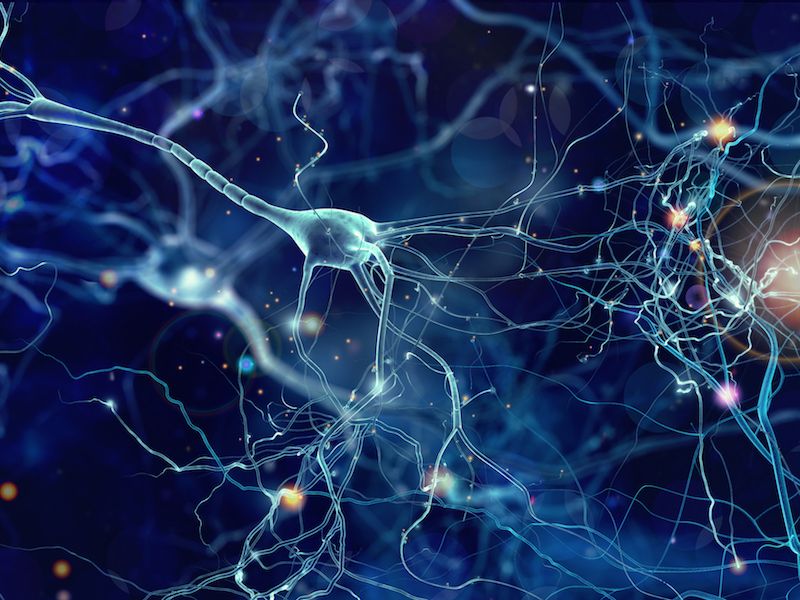
How often do you think about your nervous system? Most likely not all that frequently. Usually, you wouldn’t have to be concerned about how your neurons are sending messages to the nerves in your body. But you tend to pay more attention when something isn’t working right and the nerves begin to misfire.
One particular disease called Charot-Marie-Tooth Disease which normally affects the extremities can also have a pretty wide-scale affect on the entire nervous system. high-frequency hearing loss can also be the result of CMT according to some research.
Charot-Marie-Tooth Disease, What is it?
Charcot-Marie-Tooth disease is a set of inherited disorders. The protective sheathing surrounding the nerves malfunction due to a genetic condition.
The result is that the signals sent from your brain to those nerves (and from those nerves back to your brain) don’t travel all that well. Functionally, this can result in both a loss in motor function and a loss of feeling.
A blend of genetic elements commonly leads to the appearance of symptoms, so CMT can be present in several varieties. Symptoms of CMT commonly begin in the feet and work their way up to the arms. And, strangely, among those who have CMT, there is a higher rate of occurrence of high-frequency hearing loss.
The Cochlear Nerve: A Connection Between CMT and Loss of Hearing
There’s always been an anecdotal link between hearing loss and CMT (which means that inside of the CMT community everyone has heard other people tell stories about it). And it was tough to understand the link between loss of sensation in the legs and problems with the ears.
The connection was firmly established by a scientific study just recently when a group of scientists evaluated 79 people with CMT at the University of Iowa Hospitals and Clinics.
The findings were quite conclusive. Low to moderate frequencies were heard very nearly perfectly by those who had CMT. But all of the people showed loss of hearing when it came to the high-frequency sounds (usually across the moderate levels). high-frequency hearing loss, according to this study, is likely to be associated with CMT.
The Cause of Hearing Loss and How to Deal With It
At first, it could be puzzling to try to figure out the connection between high-frequency hearing loss and CMT. Like every other part of your body relies on properly functioning nerves. Your ears are the same.
What the majority of researchers hypothesize occurs is that the cochlear nerve is impacted by the CMT – disrupting your ear’s ability to interpret and convey sounds in a high-frequency range. Some sounds, including some voices, will be hard to hear. Trying to hear voices in a crowded noisy room is especially difficult.
Hearing aids are commonly used to deal with this form of hearing loss. CMT has no renowned cure. Modern hearing aids can select the exact frequencies to boost which can give significant assistance in battling high-frequency hearing loss. In addition, most modern hearing aids can be calibrated to function well within noisy surroundings.
There Can be Many Causes For Hearing Loss
Experts still aren’t entirely sure why CMT and loss of hearing seem to co-exist quite so often (above and beyond their untested theory). But hearing aid technology provides a clear solution to the symptoms of that loss of hearing. So making an appointment to get a fitting for hearing aids will be a good choice for individuals who suffer from CMT.
Hearing loss symptoms can surface for several reasons. Often, it’s a matter of loud noise contributing to damage to the ears. Obstructions can be another cause. It also looks like CMT is another possible cause.
